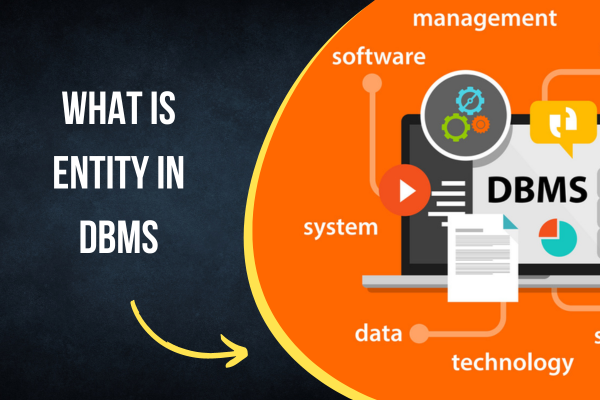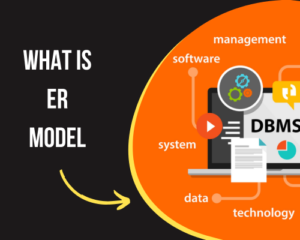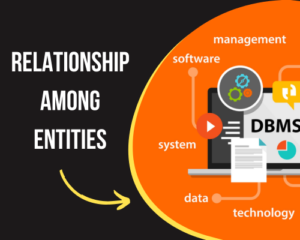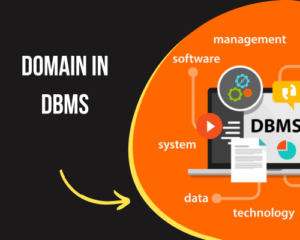What is Entity in DBMS?

What is Entity in DBMS
In a database management system (DBMS), an entity is a real-world object that can be uniquely identified and described. Entities are the basic building blocks of a database, and they are used to represent things like people, places, things, and events.
Entities have two key characteristics:
- They are distinguishable: Each entity must be unique in the database. For example, there can only be one entity for a particular customer, product, or order.
- They have attributes: Each entity has a set of attributes that describe it. For example, a customer entity might have attributes like name, address, and email address.
Entities are often organized into entity sets. An entity set is a collection of similar entities that share the same attributes. For example, a customer entity set might contain all of the customer entities in a database.
Entities and entity sets are used to represent the data in a database. They are the foundation of database design, and they are essential for storing and retrieving data efficiently.
Note- Entity Relationship (ER) Data Model | Advantage | Disadvantage
Types of Entities
There are two main types of entities in DBMS: strong entities and weak entities.
- Strong entities: Strong entities are entities that can exist independently. They do not need to be associated with any other entities in order to be uniquely identified. For example, a customer entity is a strong entity because it can be uniquely identified by its customer ID.
- Weak entities: Weak entities are entities that cannot exist independently. They must be associated with a strong entity in order to be uniquely identified. For example, an order entity is a weak entity because it cannot be uniquely identified without being associated with a customer entity.
Attributes
Entities have attributes that describe them. Attributes can be either simple or composite.
- Simple attributes: Simple attributes are attributes that have a single value. For example, the name attribute of a customer entity is a simple attribute because it has a single value.
- Composite attributes: Composite attributes are attributes that are made up of multiple simple attributes. For example, the address attribute of a customer entity is a composite attribute because it is made up of the street, city, state, and zip code attributes.
Relationships
Entities can be related to each other through relationships. Relationships are used to describe how entities interact with each other.
There are three main types of relationships:
- One-to-one relationships: A one-to-one relationship is a relationship between two entities where each entity in the first entity set can be associated with at most one entity in the second entity set, and vice versa. For example, a customer entity can have one and only one order entity.
- One-to-many relationships: A one-to-many relationship is a relationship between two entities where each entity in the first entity set can be associated with zero or more entities in the second entity set, but each entity in the second entity set can be associated with only one entity in the first entity set. For example, a customer entity can have many order entities, but each order entity can only be associated with one customer entity.
- Many-to-many relationships: A many-to-many relationship is a relationship between two entities where each entity in the first entity set can be associated with zero or more entities in the second entity set, and each entity in the second entity set can be associated with zero or more entities in the first entity set. For example, a product entity can be associated with many customer entities, and each customer entity can be associated with many product entities.
Check- A Comprehensive Overview Types of Data Models
Conclusion
Entities are an important concept in DBMS. They are used to represent the data in a database, and they are the foundation of database design. By understanding entities, you can better understand how databases work and how to design effective databases.
I hope this article was helpful. Please let me know if you have any other questions.


